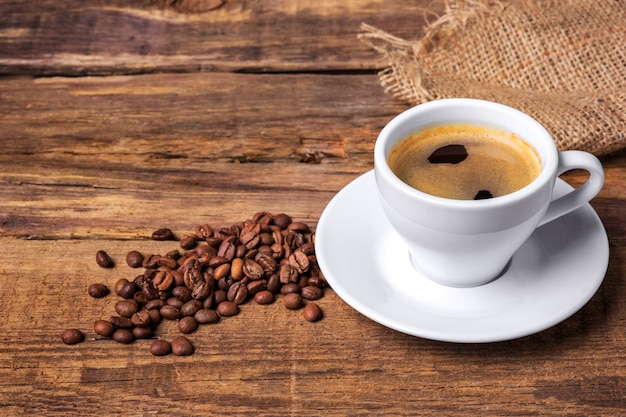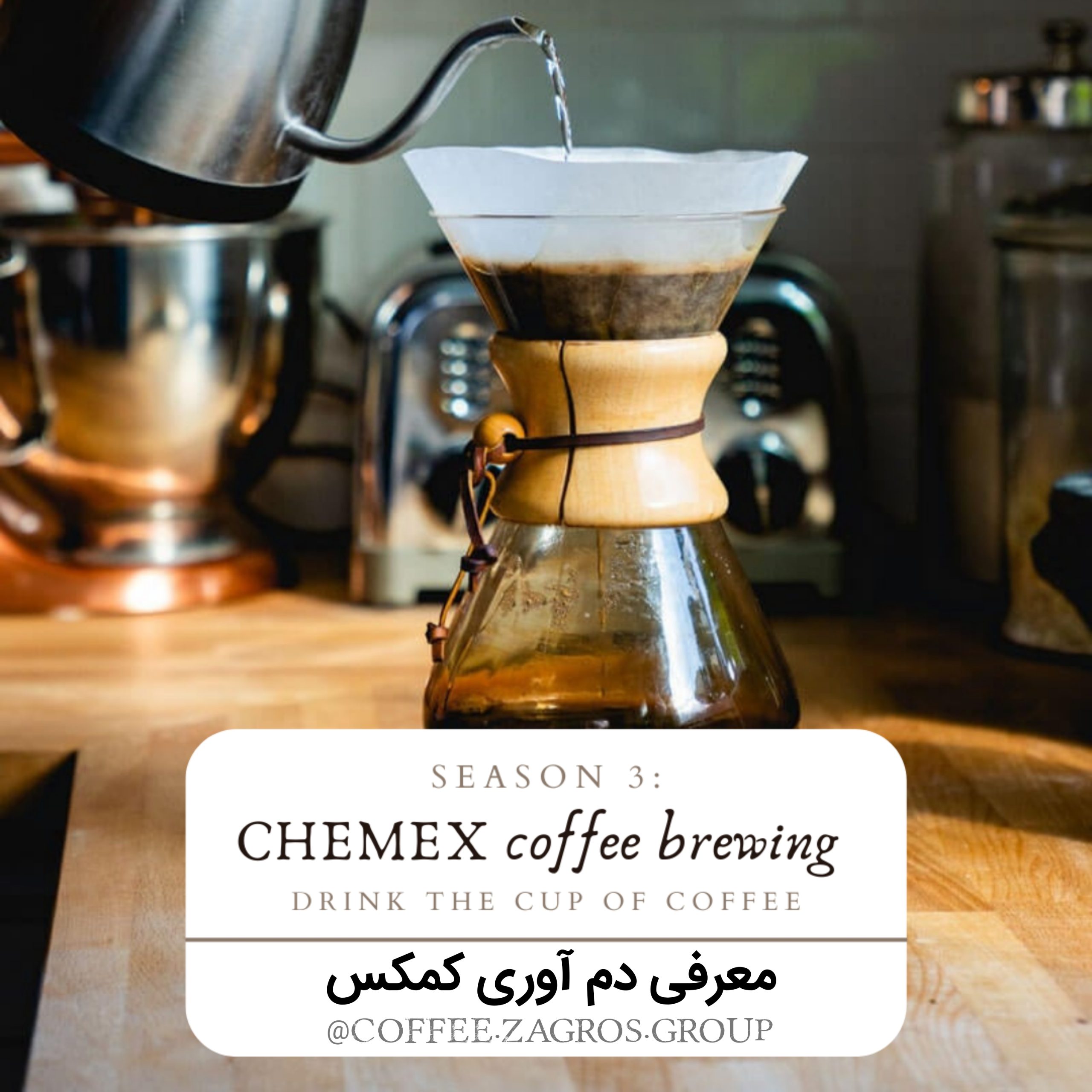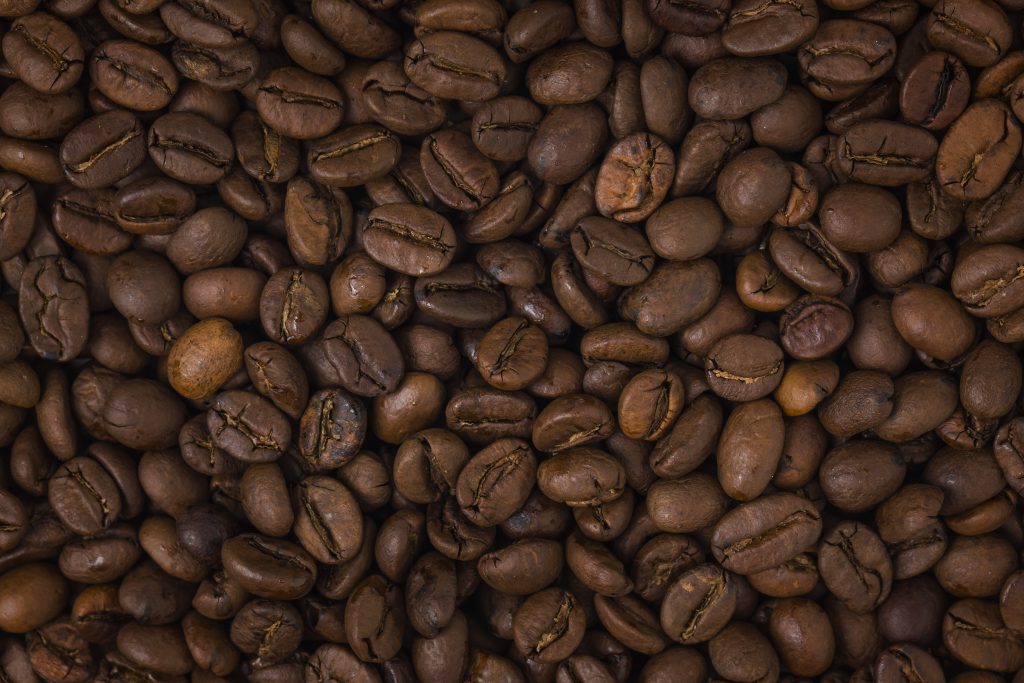1-bourbon:
At the beginning of the 18th century, some Typica trees were taken by French traders to Bourbon Island (currently Réunion) in the Indian Ocean. After planting there, they mutated and somehow improved with higher yield and exceptional sweetness. The mild chocolate milk flavor of this subspecies is often felt in our cup and it is very difficult to grow compared to other species.
This subspecies is usually grown in Brazil, Rwanda, and El Salvador, and the coffee cherries are usually red when they are ripe, most of the ripe yellow fruits have been observed in Brazil.
2-catuai:
The Katuai tree is relatively compact and grows up to an average height of 5 feet with branches with high density and performance and relatively resistant. In fact, there is a natural resistance to diseases and pests in this subspecies. The taste quality of Katoa in the cup is generally felt well and it is widely cultivated in Central America. There are different types in them in red and yellow forms.
3-catura:
Catura is a mutant bourbon and a popular and small subspecies. Because it can be harvested easily and it is a good quality subspecies for a quality cup of coffee. Katura can be grown at a wide range of altitudes, from about 1000 to 2000 meters, and the hearty acidity of this coffee is more evident at altitudes of 1450 meters and above.
4_mondonovo:
This subspecies grows mainly in Brazil and is naturally derived from Bourbon and Tipica subspecies.
Good cup quality is one of the characteristics of this subspecies even though it grows at a lower altitude (about 800-1000 meters).
5-pacas:
It is the result of the natural mutation of bourbon, which was discovered in El Salvador and currently grows in many Central American countries. Pakas has high popularity and performance and remains a dense variety and usually produces sweet coffees similar to bourbon with more acidity.
6- Pacamara:
Pacamara is a product from the country of El Salvador, which is the birth of this subspecies from the mutation and in fact the grafting of Paca and Maragogip. A tree with unusually large leaves that produces large cherries and seeds. Its fruits are chocolate in color and have a bright fruity and citrus aroma.
7-a sl-28:
The Scott Laboratory was established by the Kenyan government in 1930 to develop a strong subspecies that is resistant to drought. Their SL28 strain failed in their mission to create a specific coffee tree, but they succeeded in creating delicious beans with a strongly citric, sweet, balanced and complex flavor.
8- typica:
The origin of this subspecies is from Ethiopia and Yemen and was taken to other parts of the world by Dutch traders during the 8th century.
Typica coffee has excellent quality in the cup and different types of it are grown all over the world.





